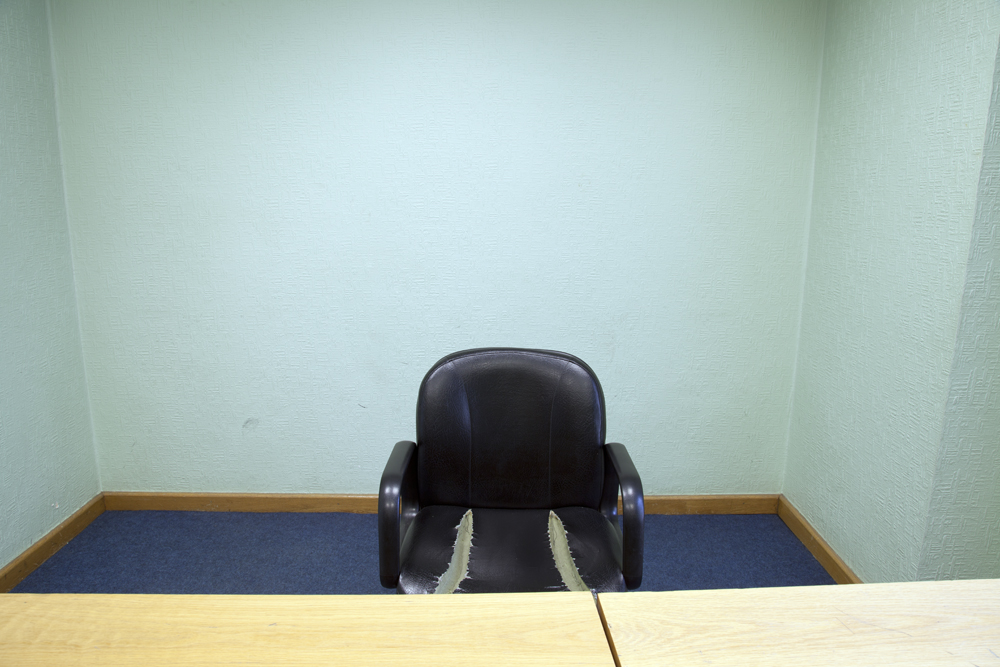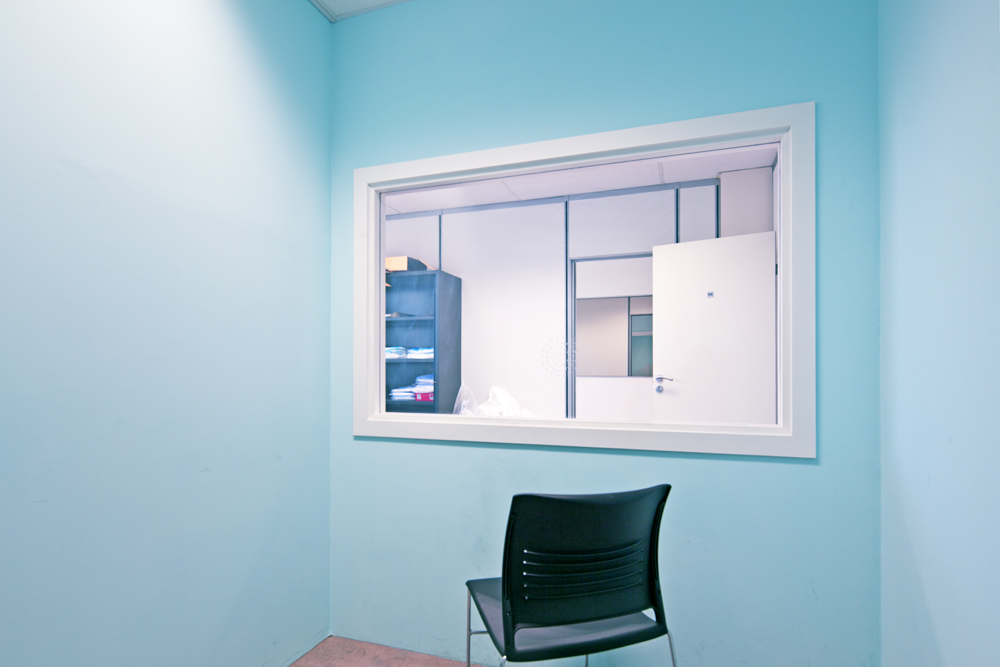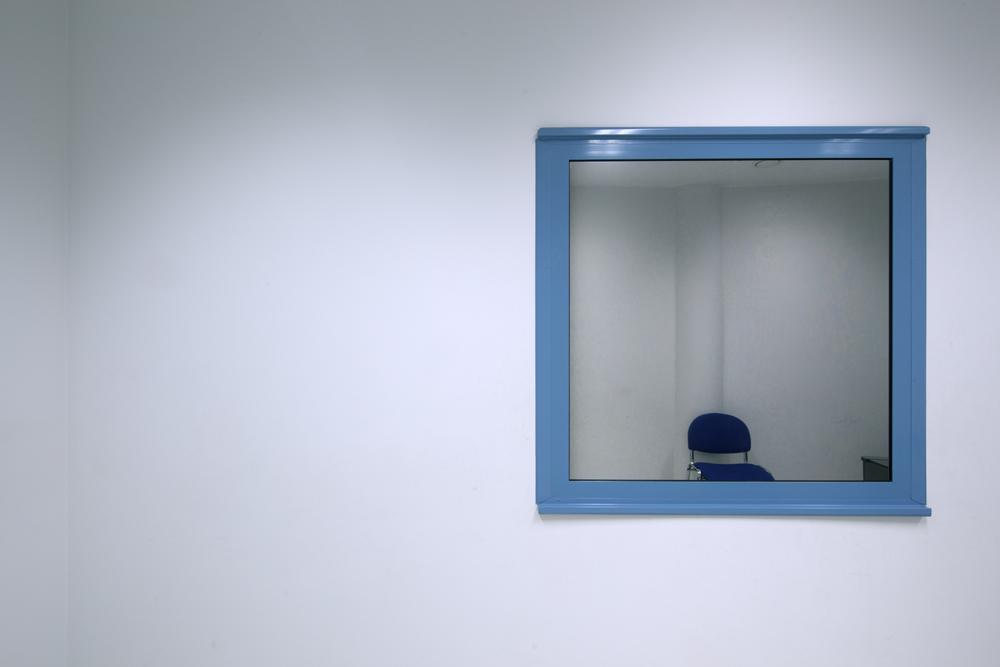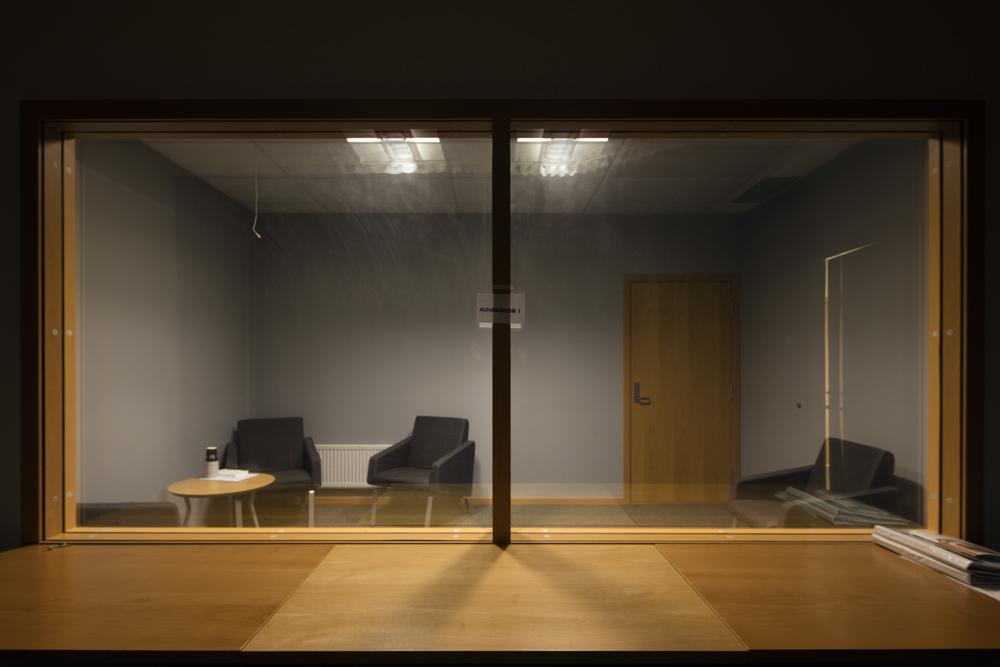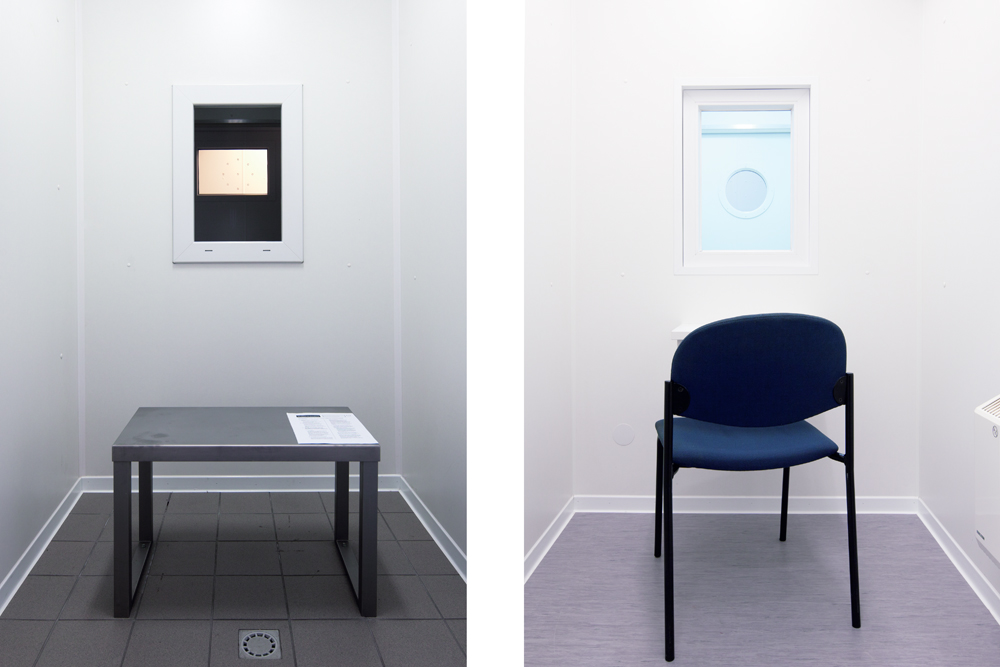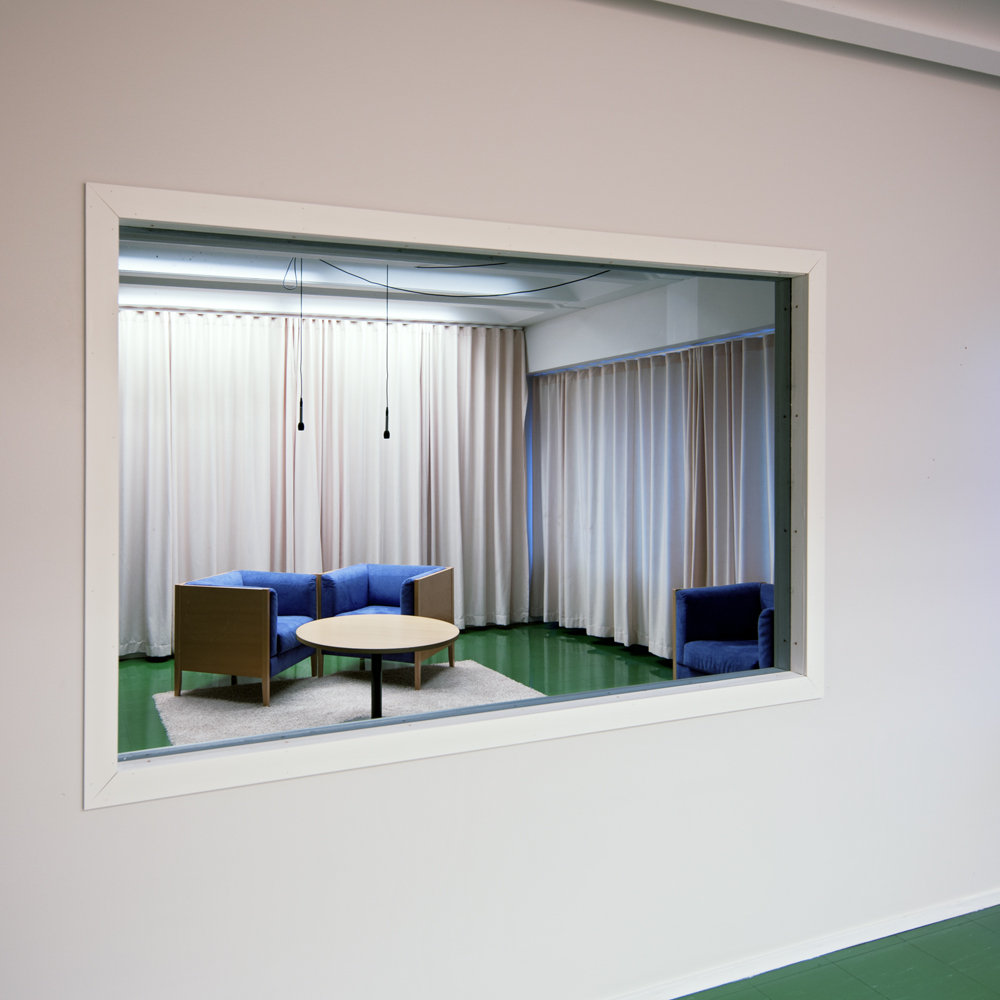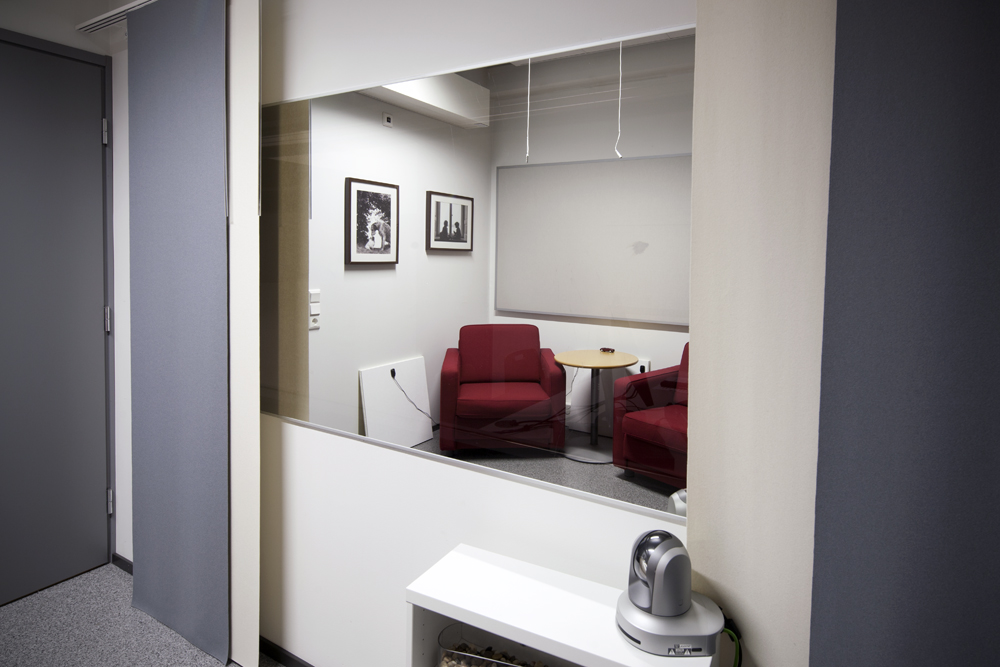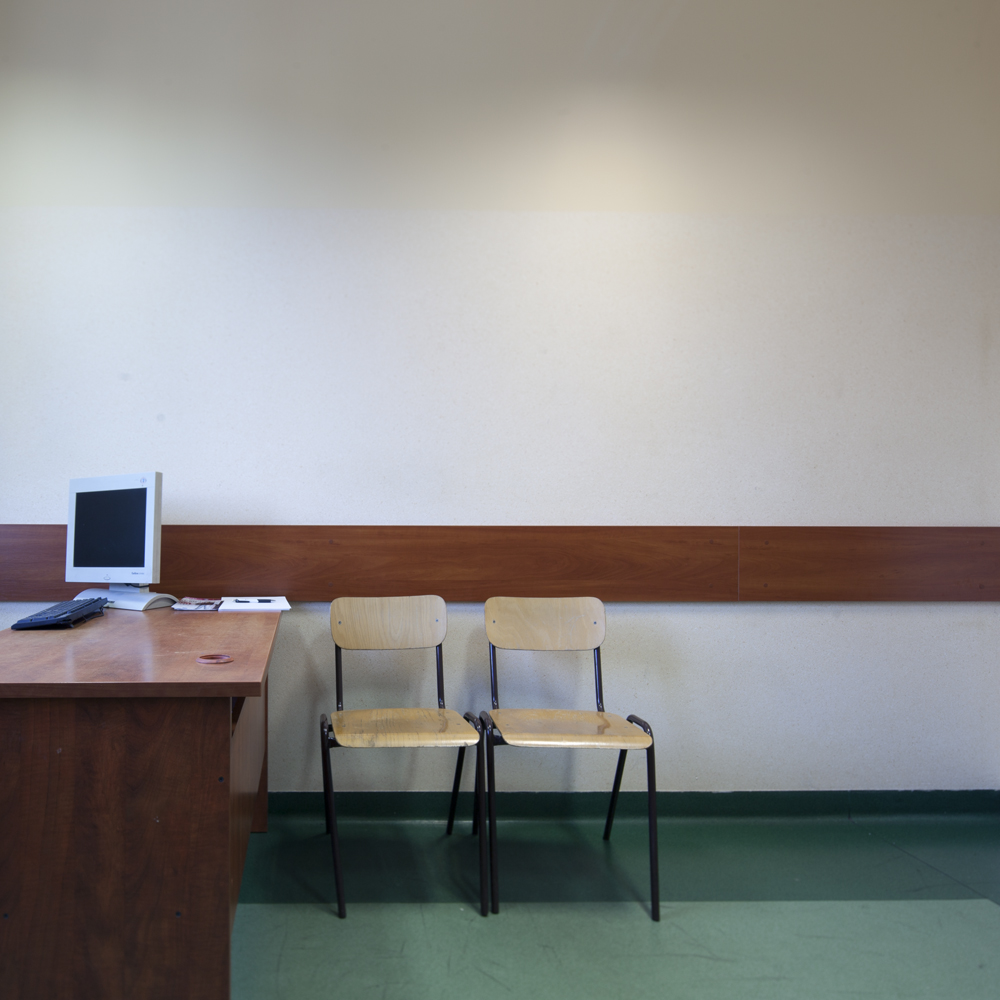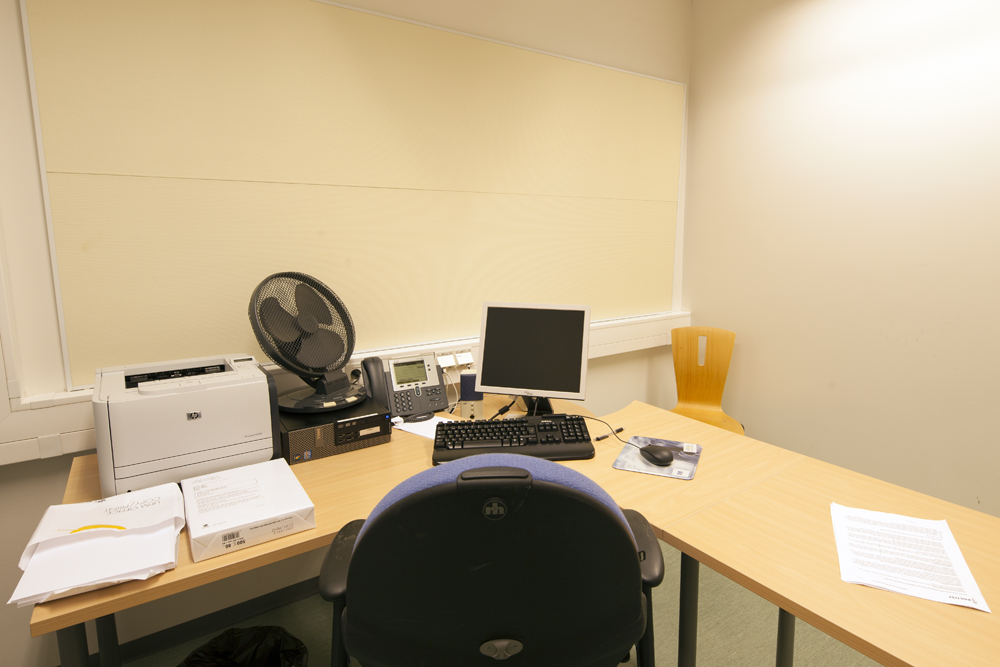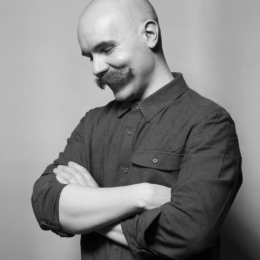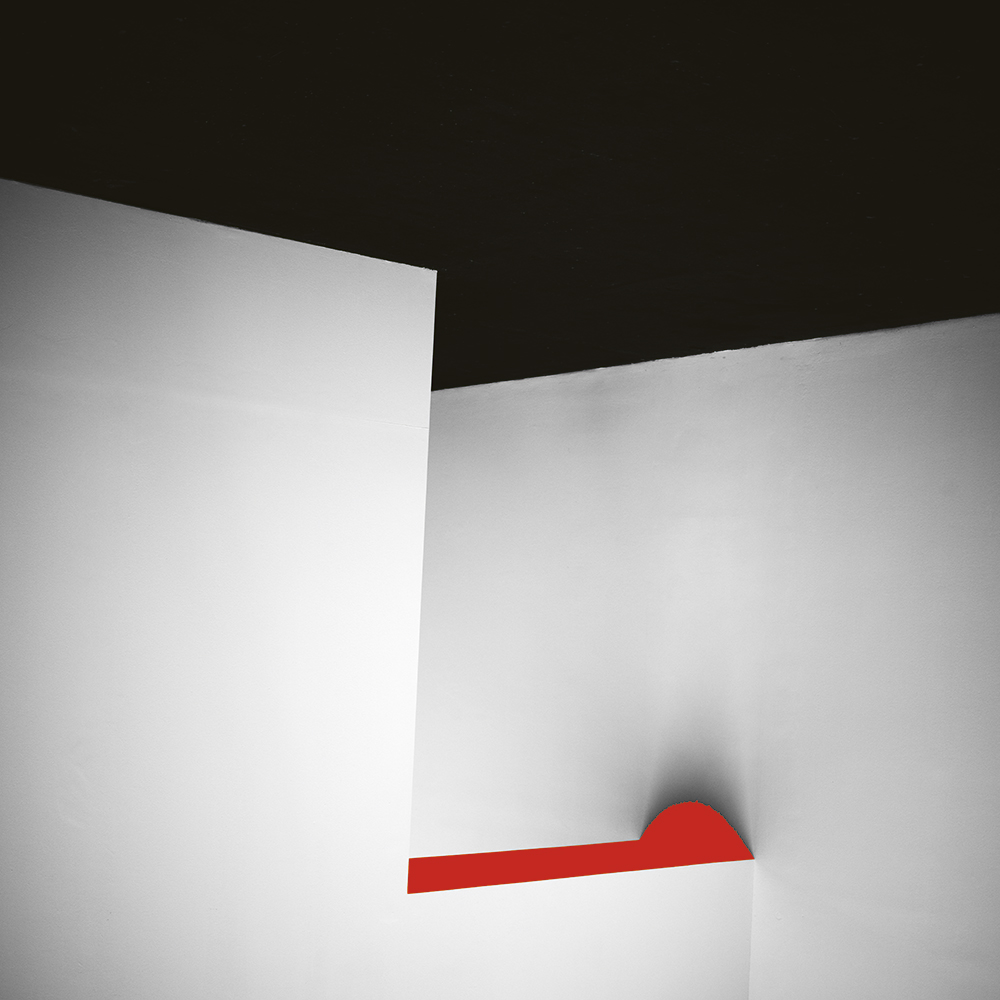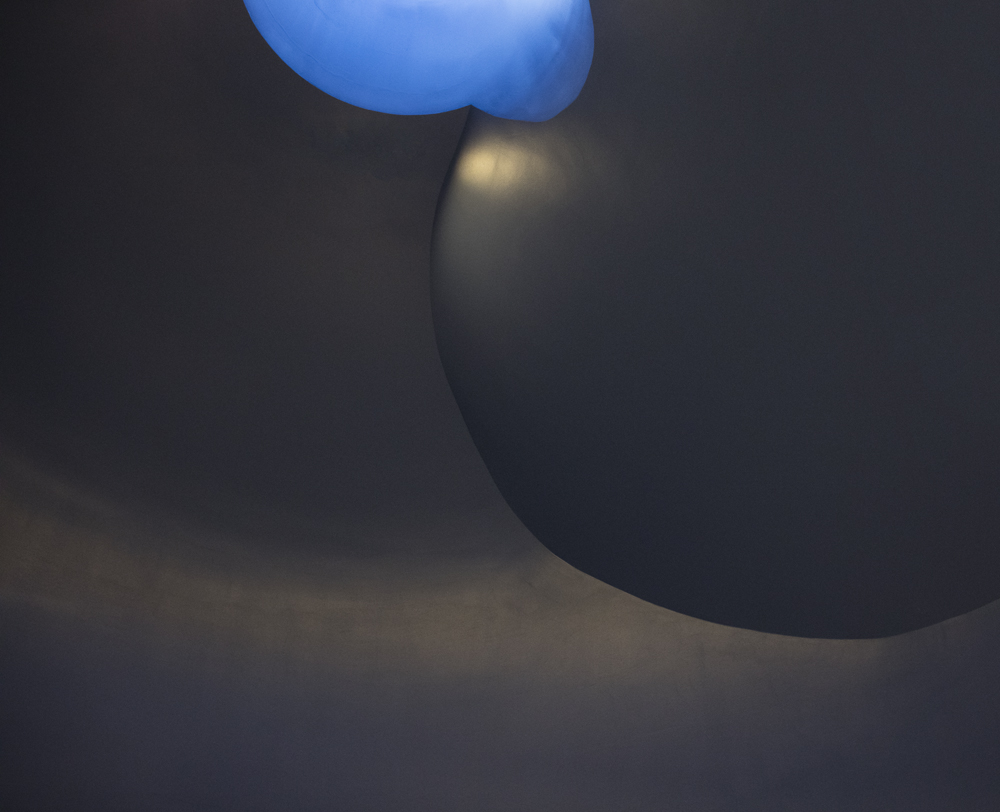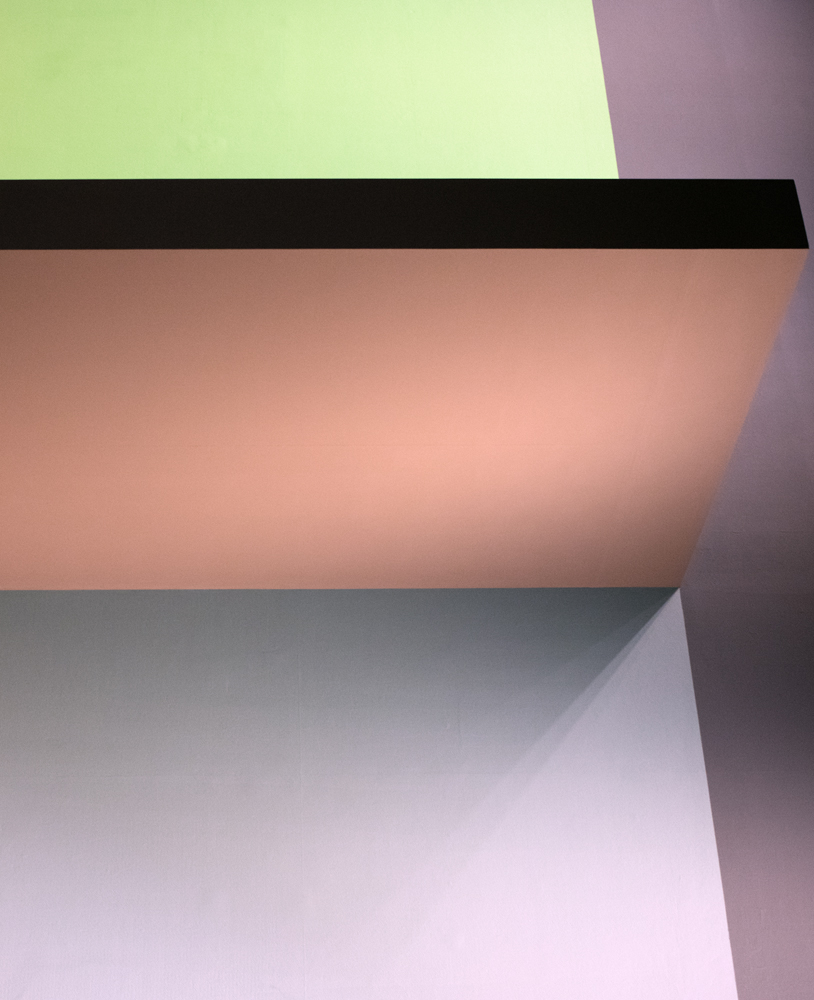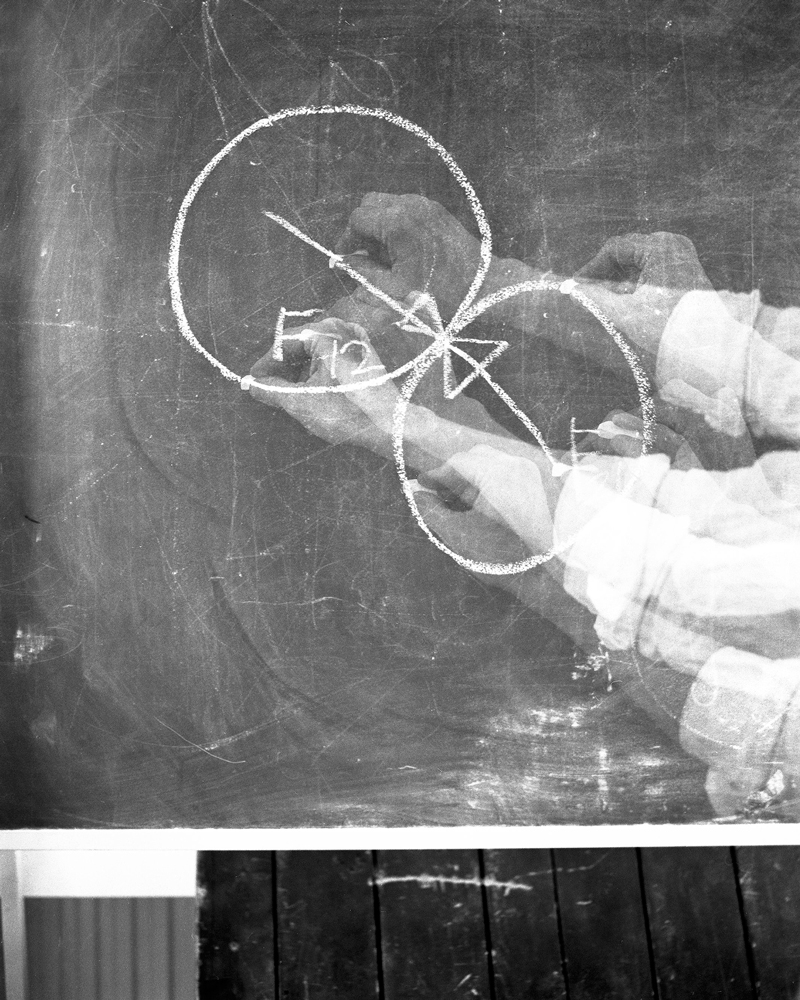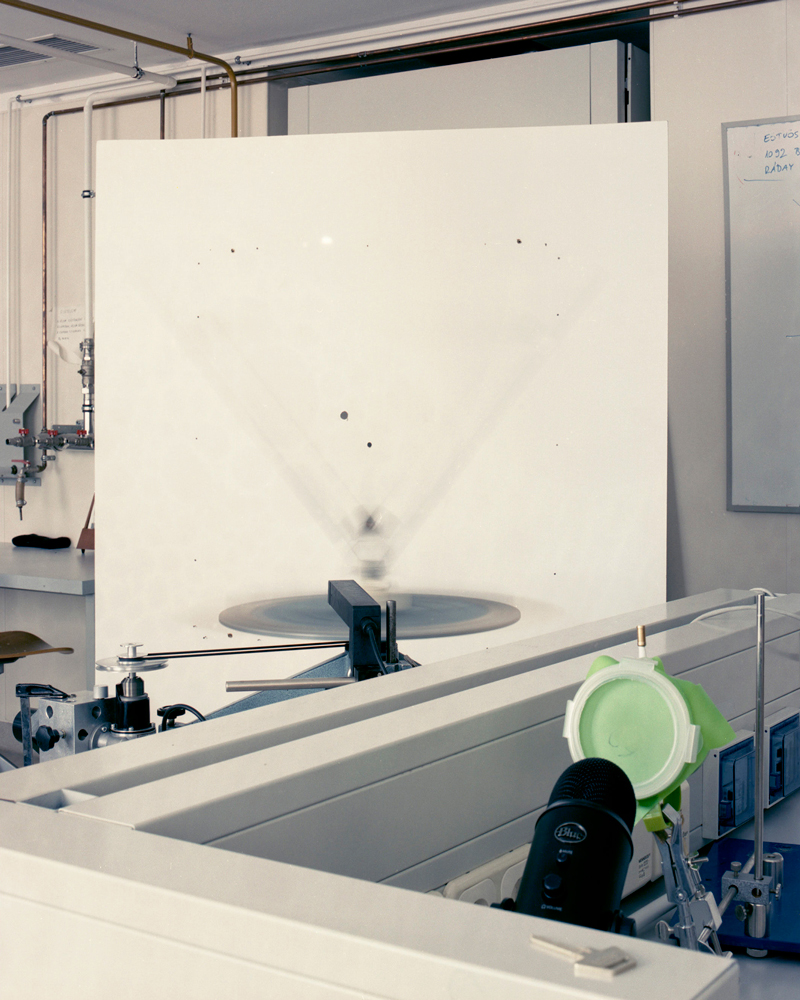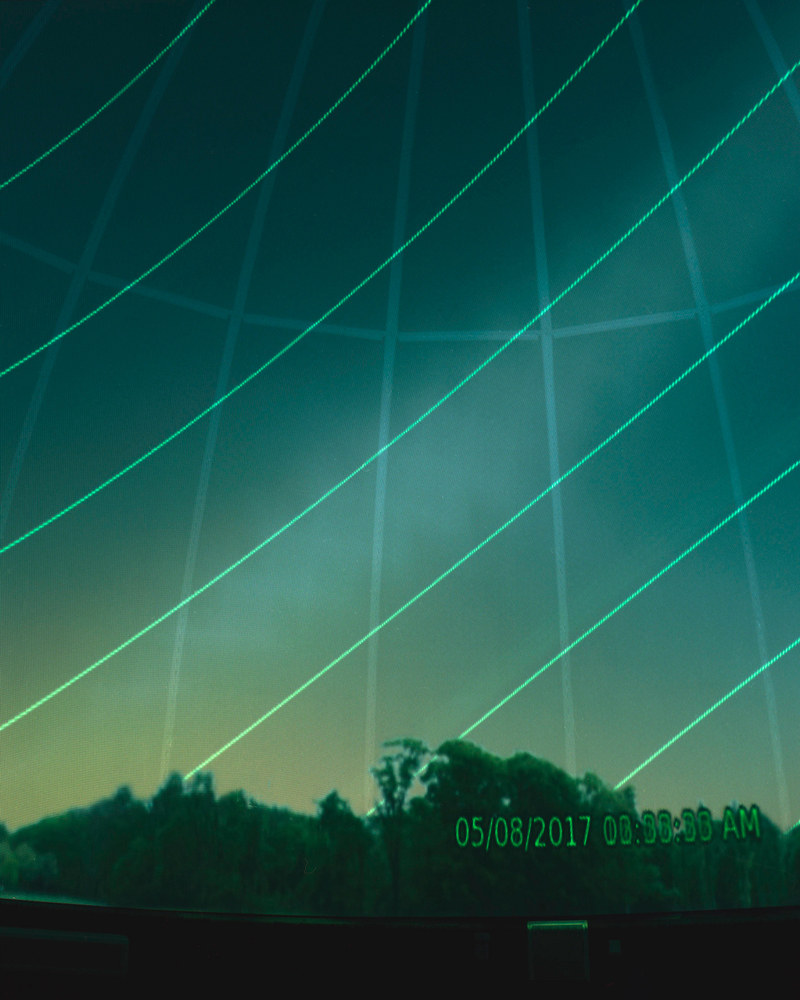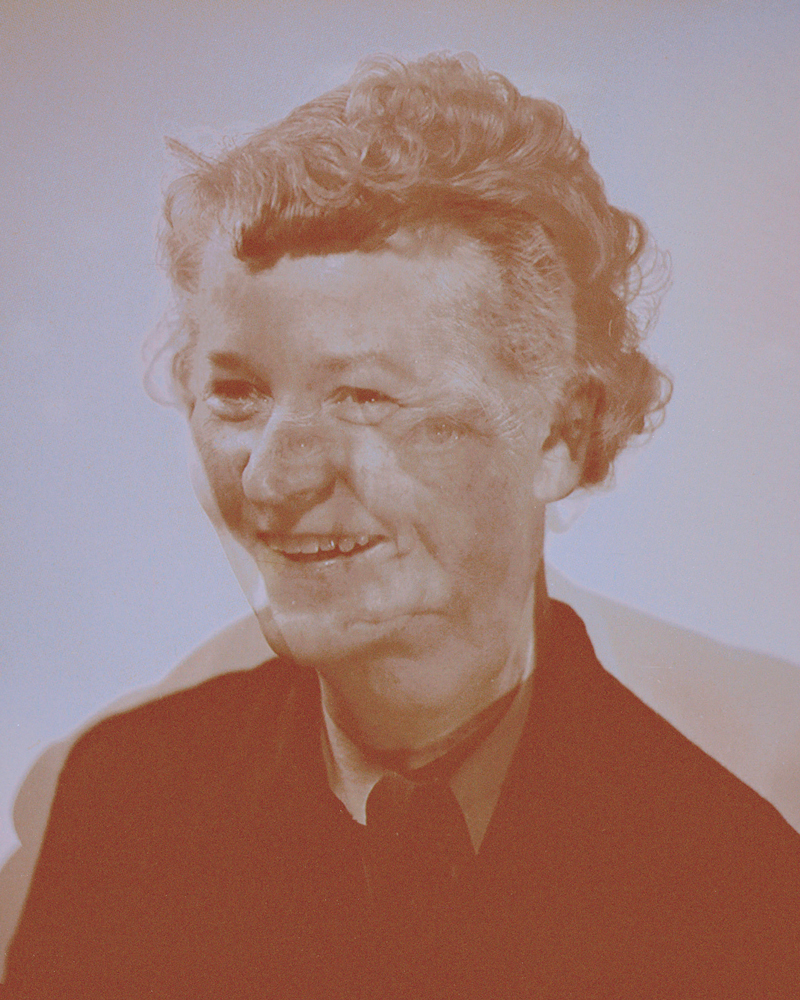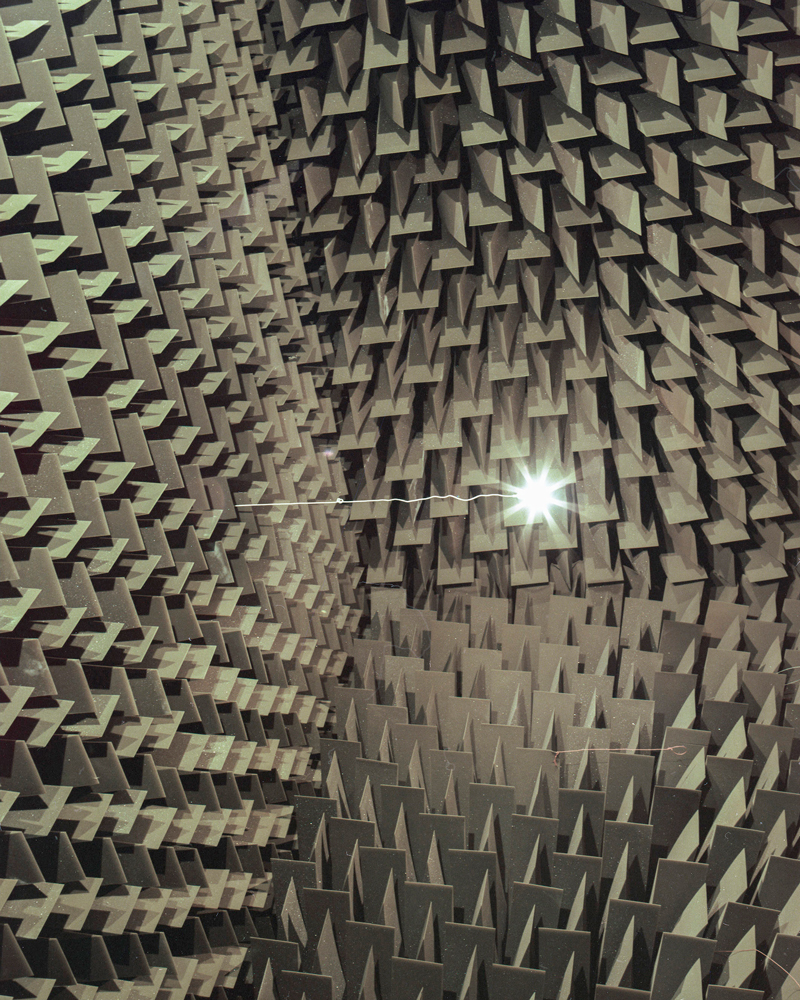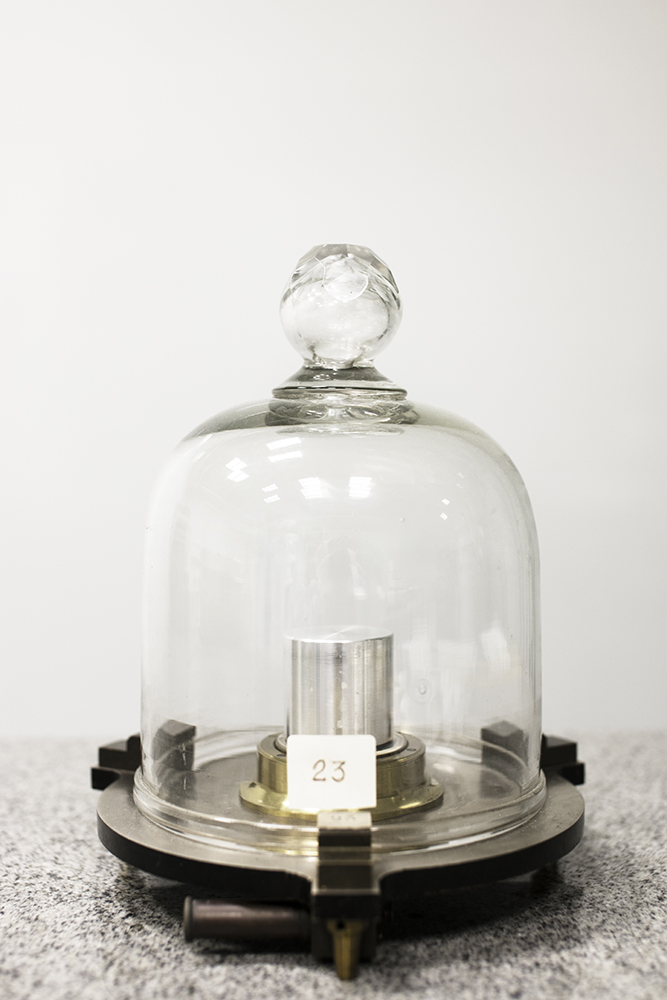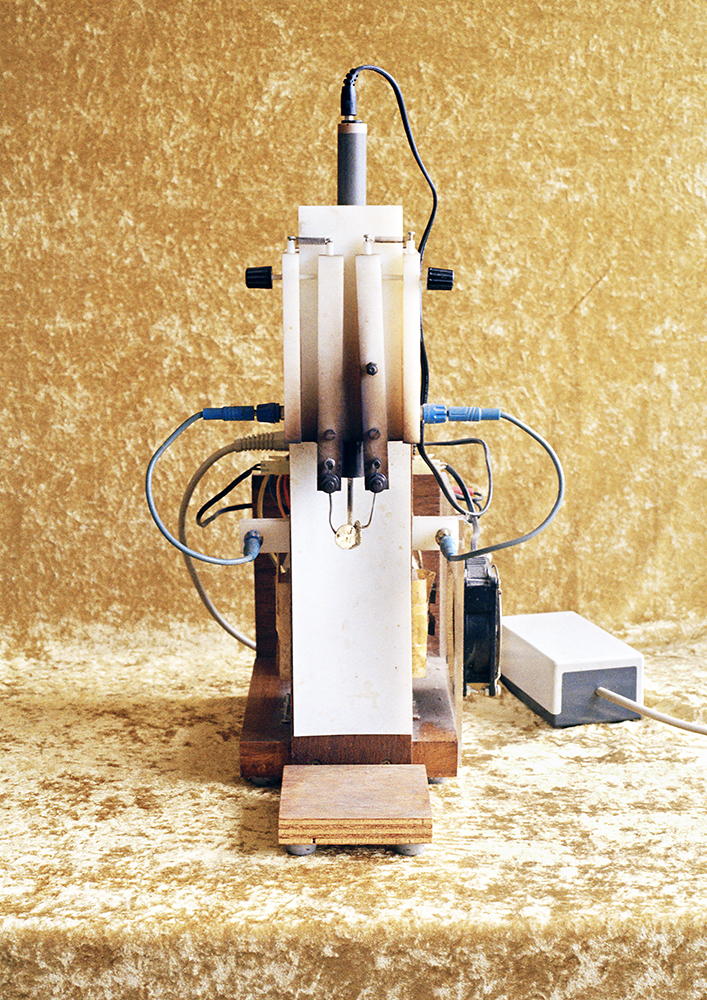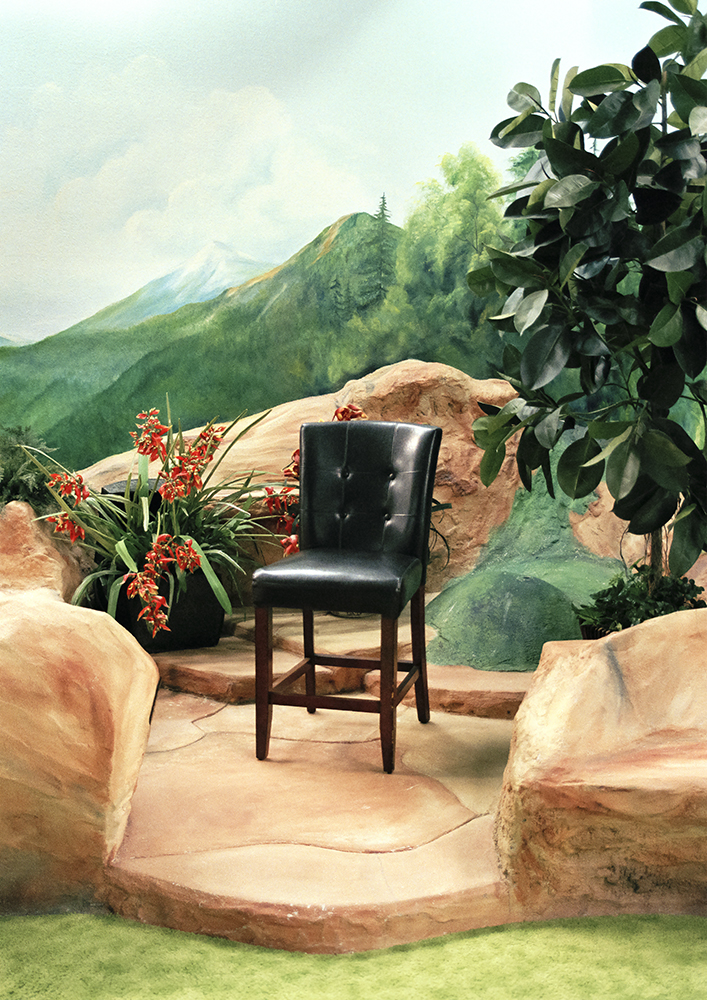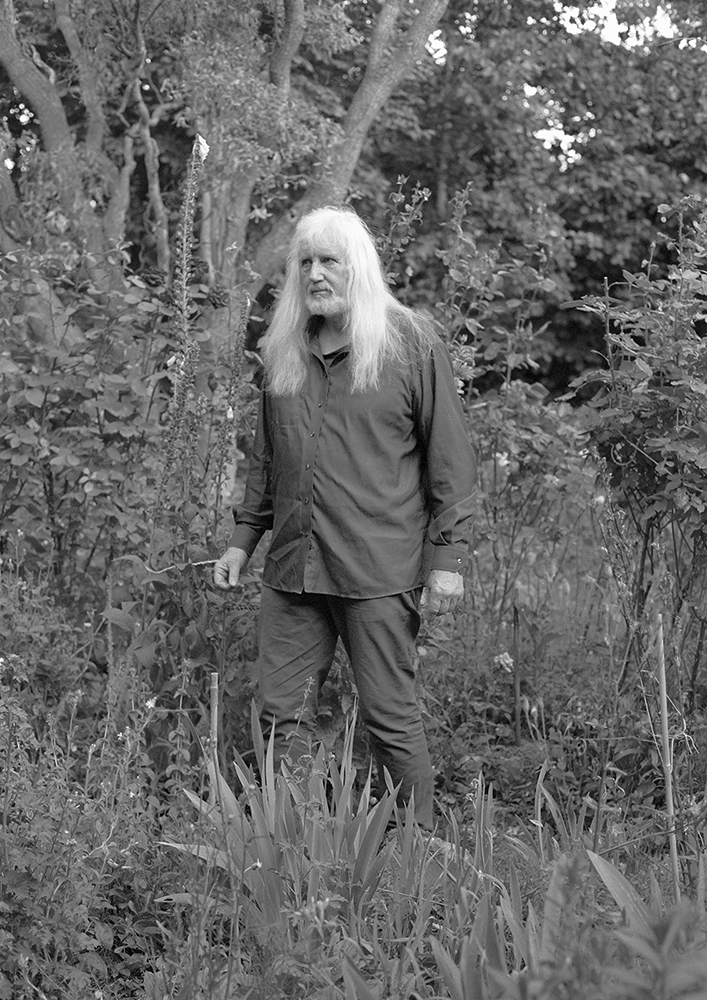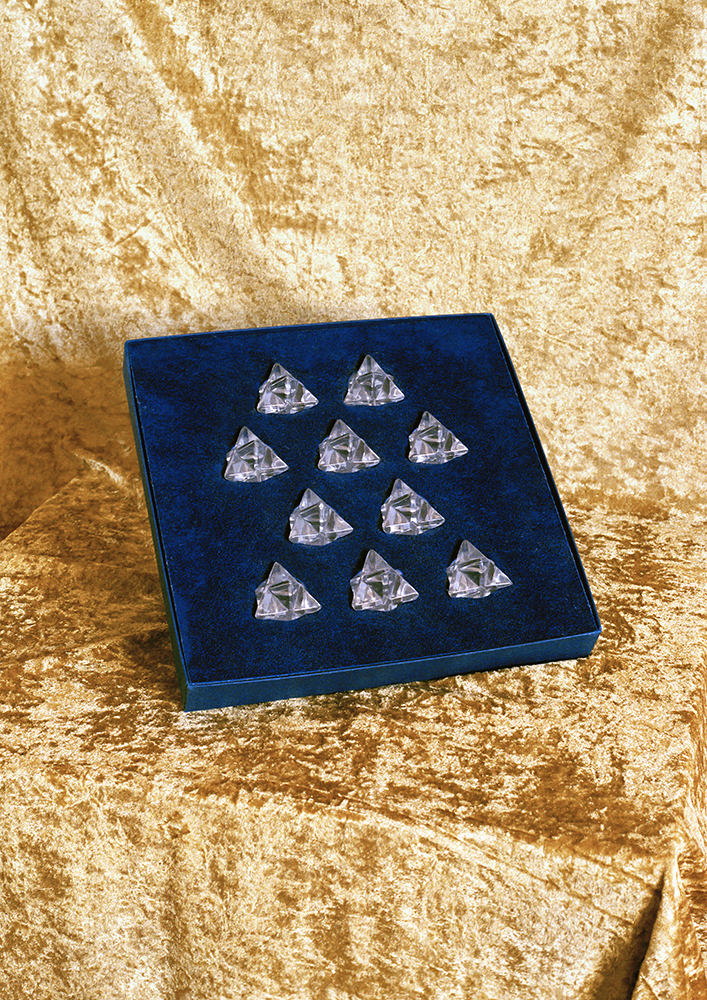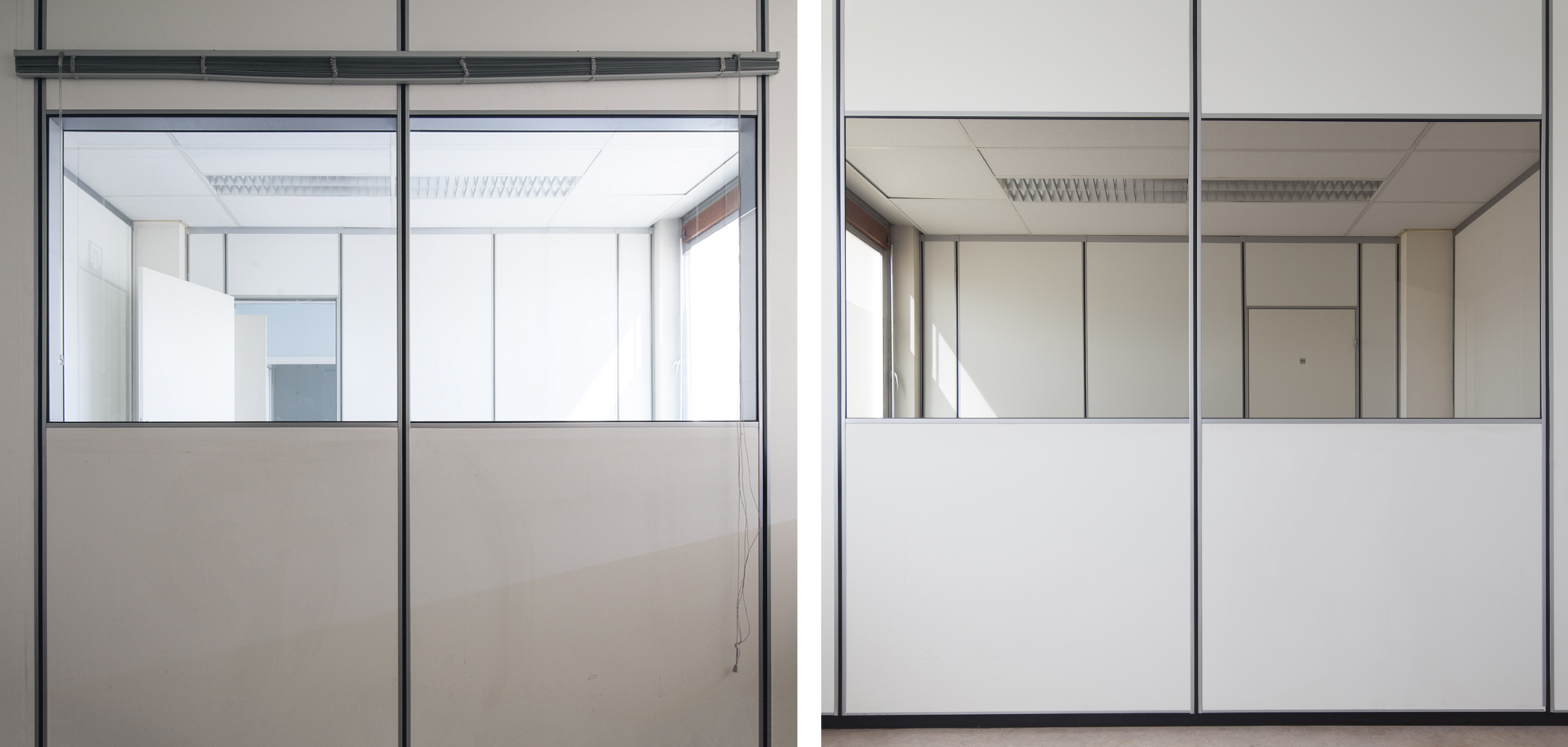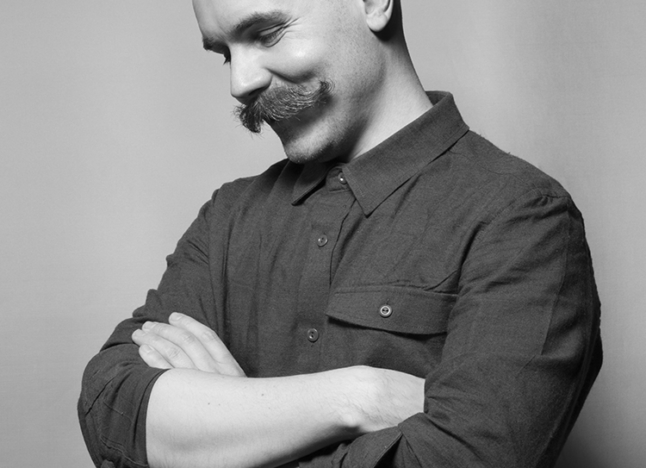Balázs Fromm
Artist Feature
Every week an artist is featured whose single image was published by Der Greif. The Feature shows the image in the original context of the series.
Heikki Humberg - Room of Truth
Mar 21, 2018
John Steinbeck wrote: “There’s more beauty in truth, even if it is dreadful beauty.”
Upon entering the room, I am greeted by a lonely chair in the corner. The door closes behind me. My senses grow sharper, as I observe this space void of people. A slight breeze from an open window clatters the blinds against iron bars. Light flickers through. I could almost call this cozy, but my moment is interrupted by the foreign language of the police in the corridor.
The placement of the furniture reflects the subtle difference of power. Hundreds of human fates have passed through these rooms: the boyfriends, the neighbors, the mothers, the lovers, the bosses, the police, the children, the foreigners… The room is a canvas for their stories, and small marks can be found on the surfaces.
This photographic series takes a closer look behind the closed doors of police interrogation rooms around Europe. The attempt to reach justice and truth is summarized in these spaces where people are forced to interact. The rooms are being recorded by several cameras other than mine. Every gesture is interpreted for the prospect of truth.
Artist Blog
The blog of Der Greif is written entirely by the artists who have been invited to doing an Artist-Feature. Every week, we have a different author.
Published in:
»Der Greif #10«
»Guest-Room Susan Bright«
Division
Mar 28, 2018 - Heikki Humberg
Very much work/play in progress. This is the result, for now.
Leading me into new territories.
Imaginary laboratory
Mar 27, 2018 - Heikki Humberg
Topic of science continues, here is a taste of series Sisyphus by Kata Geibl. Where art, science and imagination are combined. I find her take on it very inspiring and thought-provoking.
In Greek mythology Sisyphus tricked Death by trapping Thanatos in chains. Once Thanatos was bound by chains, no one died on Earth, this is why Sisyphus was punished to roll an enormous rock up a hill, only to watch it come back to hit him, repeating this action for eternity.
I always thought that once I understand the construct of time it will lead me to understand the world that surrounds us. Science measures time, categorizes it, tricks it. Humanity is starting to slowly realize that our time is running out so we try to look into the future and prepare ourselves to what might come.
Humanity tends to believe that history is moving forward, never repeating itself, learning from the past’s mistakes. I’ve rather like to think of time and history as a circle, always coming back, just to start again. In series Sisyphus, I constructed an imaginary laboratory where it’s up to the reader to decide where the line lies between fiction and reality without any scientific explanation.
Invariant constants of nature
Mar 26, 2018 - Heikki Humberg
Few weeks ago I read how many clocks in central Europe have been running slow. This is caused because of a feud over electricity between Serbia and Kosovo, as a result this has caused the frequency of electricity to drop from steady 50Hz to 49,995Hz. Which then caused devices to be about 5 minutes late around Europe.
This observation works as a loose transition to Finland where we have the “Official time of Finland”. This absolute of time is ran by VTT Laboratories near Helsinki. Where Russian built atomic devices measure the frequency of caesium and hydrogen atoms and the signal is transformed into our concept of time. Such devices are supposedly wrong one second in 100 000 years which is quite an unfathomable idea. Naturally these machines need constant maintenance, so 100 000 years turns out to be six months.
While I was visiting the laboratory, the scientists were enthusiasted, that somebody was interested in their work and I got to wander around their facility. I found the mass laboratory to be the most unique experience for me. As more and more of the SI-system is derived from invariant constants of nature, the kilogram is so to speak the last of the mohicans as a physical object. Of course this causes problems, because the cylinder of platinum-iridium alloy seems to be losing mass over time. And this is a problem when making science. In the lab I had a talk with the leading scientist of the department, he had worked there for five years and had never seen the actual copy made of the original French kilogram prototype. The “Finnish kilogram” was kept in a safe two meters from his workstation and he had no access to it. He said “It is a matter of faith, that it is there, and it actually weights one kilogram”.
It felt strange to hear such words in that setting, but his statement summed up what science is about. Finding truths about how things are, not what they look to be, but also acknowledging it is just the current perception of reality. With a little bit of faith.
There is nothing new under the sun
Mar 23, 2018 - Heikki Humberg
I got to know Eva Donckers a few years ago. She is a master of finding weird situations and places, nuclear fallout shelters, religious cults etc. Somehow I feel much kinship with her, so enjoy some of her new works.
In her recent project “There is nothing new under the sun”, Donckers visits those who are on the edge of society because of spiritual reasons. For centuries, people are searching for a certain truth which aspires to a higher order. A term known by it’s longing for something higher, is New Age. It includes a range of spiritual beliefs and practices developed in the seventies. They claim a new time has arrived, in which human will reach a higher spiritual level of consciousness. While working on the project, Eva visited numerous of it’s members. These interactions and perceptions are an important key for the research. From moving spiritual experiences to claustrophobic undertones; these are what she wants to convey when she takes photos or selects pictures from her archive. The project comprises portraits, environments, objects and the use of text. The combination of pictures create a cinematic feeling of alienation and tension: the translation of Donckers’ experiences.
It’s all relative
Mar 22, 2018 - Heikki Humberg
Usually the first question asked about interrogation rooms is how did I get in to photograph them.
“I asked for a permission” is my regular response. Second one is about lie detectors, which I haven’t seen anywhere. Of course more interesting question would be why I started the project?
Photography has always been an reason for me to challenge myself. To see new places and find answers to questions I’m thinking. I chose interrogation rooms because of curiosity, I had never been in one before. But now that I have seen a few, I can say that there is always the pre-set of power in the rooms and naturally the police is in charge. In a way me with a camera turned it all upside down. I had the power over PR-people, detectives and even police commissioners. I had access to a place not usually shown, and all they could do was to wait in the hallway while I did my thing.
The final question usually asked is what kind of photography I do? I don’t really have the answer to that. I don’t see my work on the interrogation rooms documentary. I don’t really believe my photographs being objective, it is always just my interpretation of reality. There is always sides in photography, just like in interrogations. So I just say I photograph humanity without the humans.


